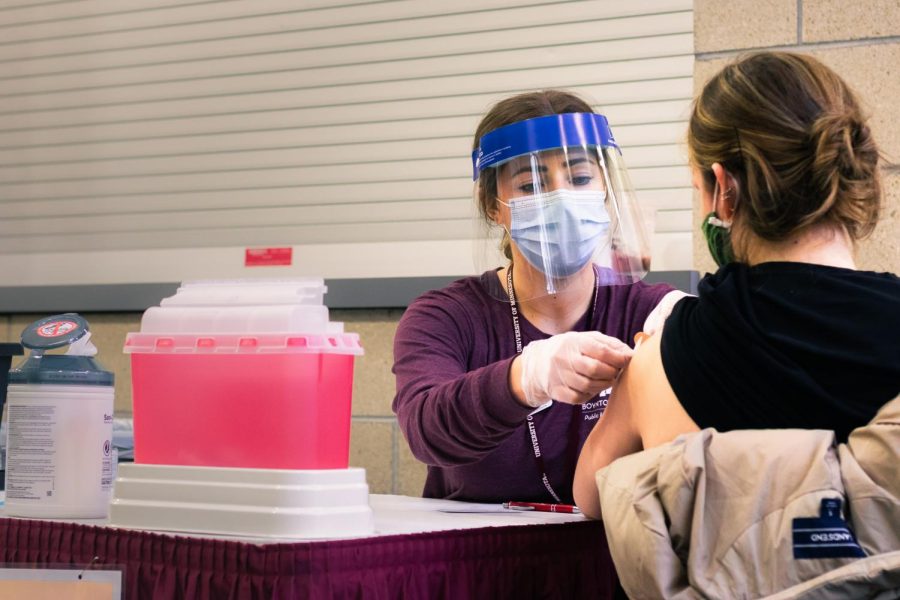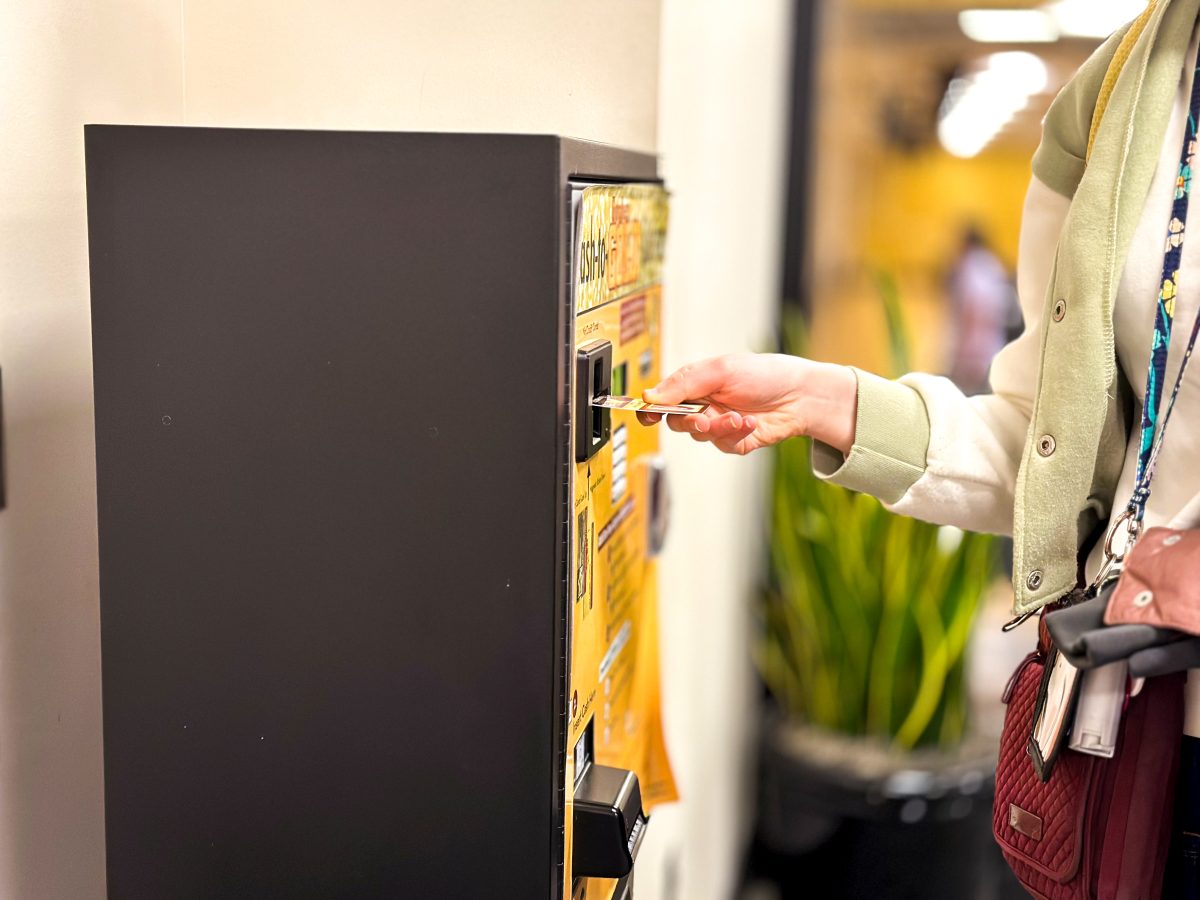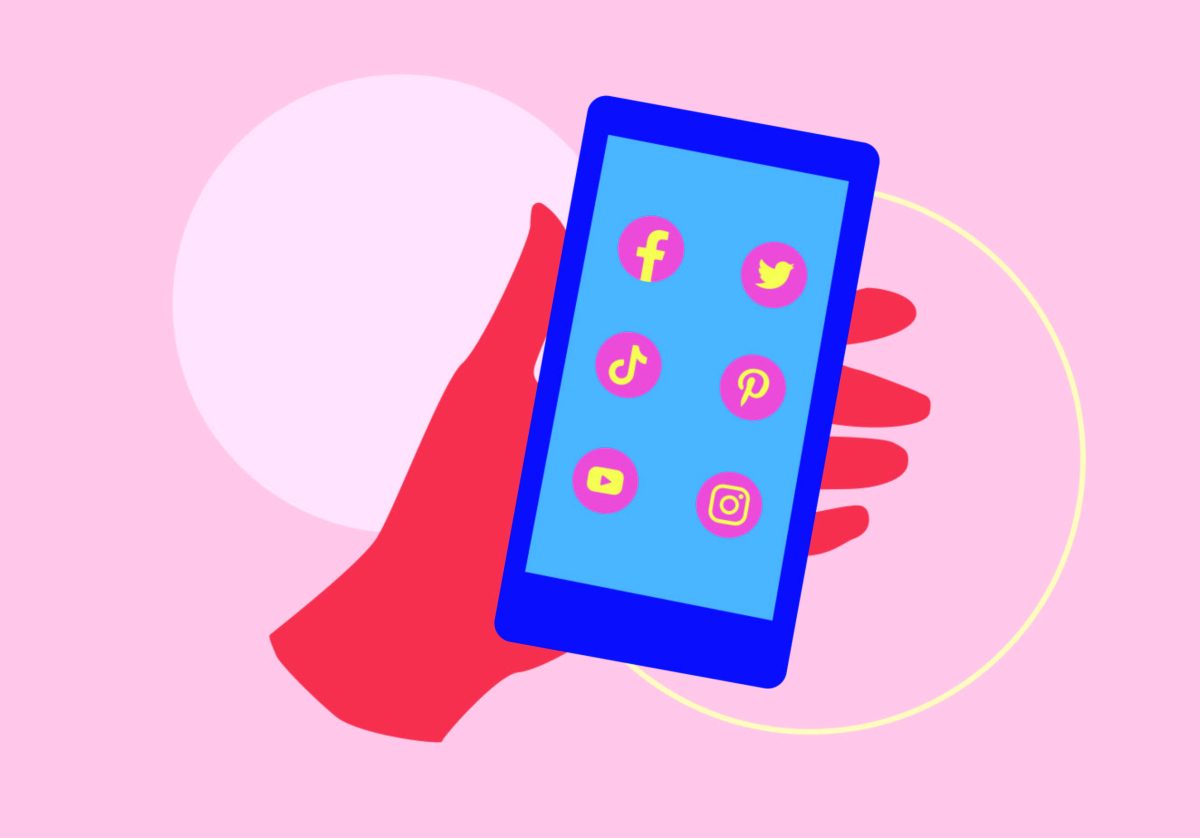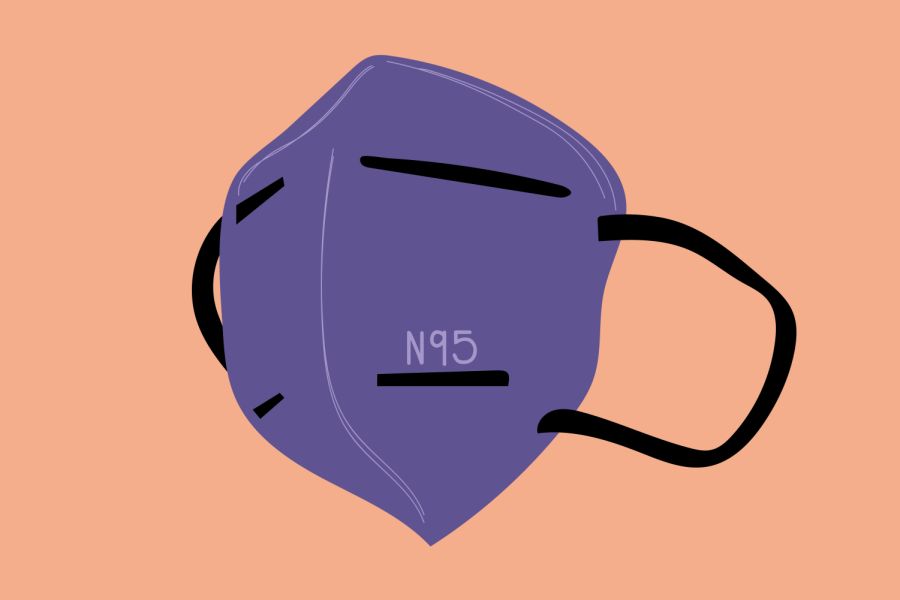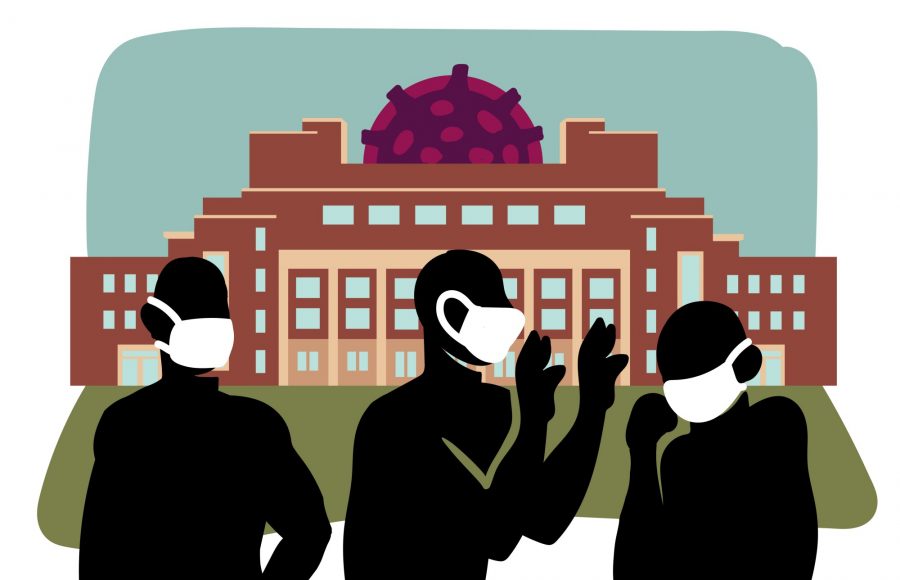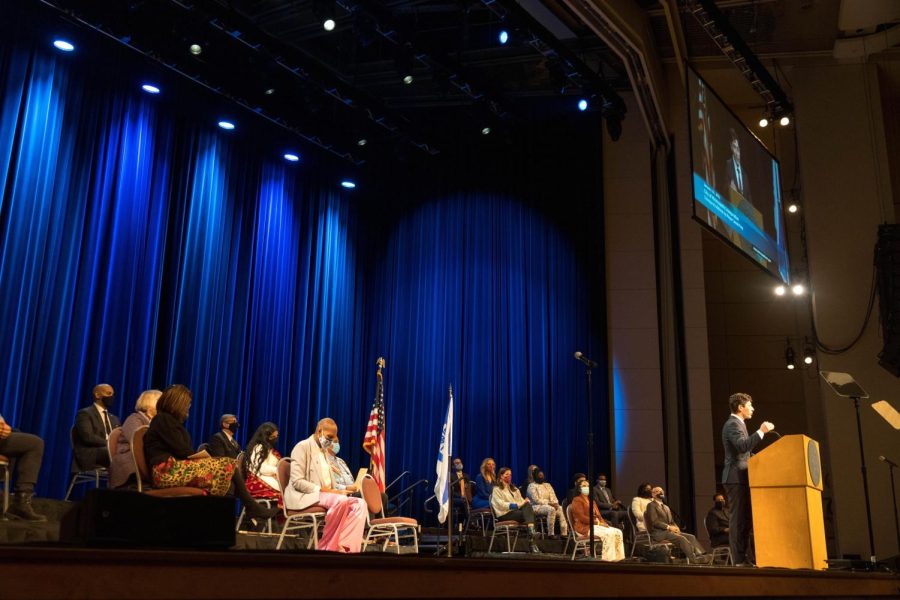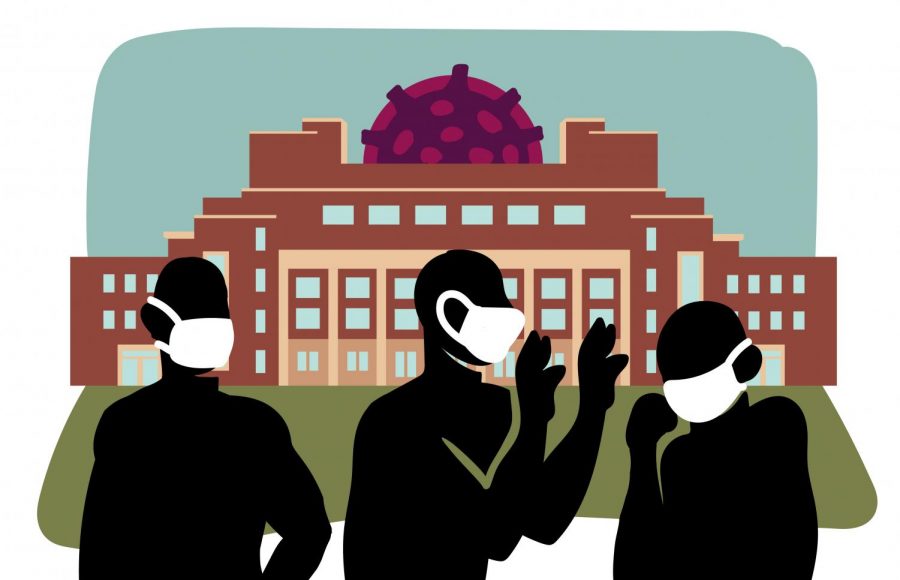In compliance with regulations from the Minnesota Department of Health (MDH), the University of Minnesota has been administering the Moderna and Pfizer-BioNTech vaccines to healthcare workers, COVID-19 researchers and testing personnel since January.
Through the University’s vaccine program, about 2,000 first doses have been administered on the Twin Cities, Duluth and Rochester campuses since the University held its first clinic on Jan. 11, Caitlin Hurley, a University spokesperson, said in an email.
The University’s COVID-19 vaccination team consists of the Health Emergency Response Office (HERO), Boynton Health and the Medical Reserve Corps (MRC) that aid in distributing and administering the vaccine as well as disseminating public health information to the public.
“We’re currently in a mode where demand is exceeding supply, but as soon as we get more, the state expects us to use the vaccine within 72 hours, so that helps us expand who we can vaccinate,” said Dave Golden, director of public health and communications at Boynton.
The University is not lacking the number of staff to administer the vaccine, but is lacking the number of vaccines available, Golden said.
At the University, licensed professionals, like physicians and nurses, have been administering the vaccine. Nursing, pharmacy and medical students are also learning how to administer COVID-19 vaccines and tests, said Dr. Rebecca Wurtz, member of the MRC and associate professor in the School of Public Health.
The COVID-19 vaccination team sends out virtual invites to priority groups, who then sign up for slots, Golden said. The team continues to invite people in groups till the slots are filled.
“We request doses and we are given doses and we’re told who we can use them for. We have no ability to be flexible in how much we receive and who we can give it to. I think there is confusion about that,” said Jill DeBoer, director of HERO.
Vaccines are expected to be available to the general public in April, May or June, as they become more widely available.
According to DeBoer, the Centers for Disease Control and Prevention develops guidelines that are given to each state. The corresponding health departments then decide their vaccination distribution system and the priority groups for receiving the vaccine.
Minnesota is currently in Phase 1a of its vaccine distribution approach, meaning the first group of priority doses are given to those that work in healthcare settings. These groups include anyone working in healthcare, direct patient care, people working in COVID-19 testing and vaccination sites, researchers who work directly with the virus, as well as residents and personnel of long-term care facilities.
Next, the state plans to administer vaccines to prekindergarten through grade 12 educators, staff, and child care workers. Then, the vaccine will be administered by age, starting with people 65 and older.
The COVID-19 pandemic is impacting Black, Indigenous and people of color at disproportionately high rates.
“I think right now we’ve made a process of signing up for a vaccine that definitely disadvantages people of color and people who work out of the house for a living,” Wurtz said.
According to Wurtz, the vaccine is being distributed by a variety of subcontractors depending on the state.
“People who work (or who are being helped by people who work–such as younger people helping elderly parents) don’t have time to address all of these complicated directions. As far as I can tell, the instructions on the MDH website are only in English,” Wurtz said in an email.
She said she hopes the University is able to overcome these barriers.
Scott Smith, communications specialist at MDH, said the ability to have in-person graduation will depend on what spring COVID-19 transmissions will look like. Smith said it is too soon to determine this, especially with more contagious variant strains being identified in Minnesota.
The campus community needs to be even more careful than before, Wurtz said.
“With the new variant, the vaccine is such a great light at the end of the tunnel, but it’s a long tunnel and students did so well in the fall with the masking and the physical distancing, they just have to continue,” DeBoer said.
According to Smith, students on college campuses are further down the line to get vaccines but colleges are in the process of sharing ideas on how to make vaccinations efficient so that when a vaccine is available, they are able to support the campus community.
“It’s a hard time for everybody, they’re anxious, they’re a little scared, but we are doing the best we can as are all the public health officials in our state,” DeBoer said.










